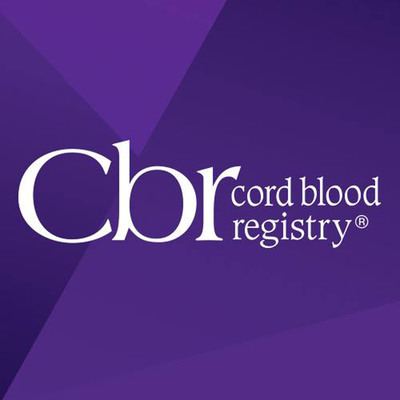Clinical trials evaluating newborn stem cells as a treatment for pediatric patients with cerebral palsy may improve the availability of future therapeutic options
March is designated as Cerebral Palsy Awareness Month by the federal Office of Disease Prevention and Health Promotion. The national health observance aims to foster greater public recognition of the developmental disorder and to heighten awareness of the innovative efforts to discover new treatments.

According to the Centers for Disease Control and Prevention, it is estimated that nearly 1 in every 323 children in the United States has been diagnosed with cerebral palsy — a group of disorders that affects an individual’s ability to move and maintain balance and posture. The all too common condition is caused by abnormal brain development or damage to the motor control centers of the developing brain. Current treatment options include: surgery, medications, orthopedic braces, and physical, occupational and speech therapies.
While cerebral palsy has no cure today, treatment will often improve the capabilities of a child living with the condition. For children diagnosed with cerebral palsy, the promise of stem cell therapies offers great hope. A growing body of research provides evidence that stem cells derived from cord blood can be used to repair damaged or diseased tissue or organs. Once universally regarded as medical waste, cord blood may hold the potential for medical applications not previously imagined.
Cord Blood Registry® (CBR®) is fueling innovation in newborn stem cell research. CBR is partnering with two preeminent institutions, the University of Texas Health Science Center at Houston and Georgia Regents University, to establish FDA-regulated clinical trials investigating whether an intravenous infusion of a child’s own cord blood cells, banked at the time of their birth, will lessen the symptoms of cerebral palsy.
“Despite remarkable medical advances, the incidence and prevalence of cerebral palsy has increased over time,” notes Heather Brown, Vice President of Scientific & Medical Affairs at Cord Blood Registry. “CBR is the only newborn stem cell bank connecting client families to more potential treatments through FDA-regulated clinical trials. Cord Blood Registry’s collaborations with The University of Texas Health Science Center at Houston and Georgia Regents University are a strong demonstration of our commitment to expanding the potential scope of newborn stem cell therapies that may be available to patients and their families,” adds Brown.
For further details regarding eligibility criteria for the cerebral palsy autologous cord blood trials being conducted at UT Health Science Center at Houston and Georgia Regents University, visit cordblood.com/stem-cell-research/cord-blood-research
About Cord Blood Registry
Cord Blood Registry® (CBR®) is the world’s largest newborn stem cell company. Founded in 1992, CBR is entrusted by parents with storing more than 500,000 cord blood and cord tissue units. CBR is dedicated to advancing the clinical application of newborn stem cells by partnering with leading research institutions to establish FDA-regulated clinical trials, requiring CBR processed cord blood, for conditions that have no cure today. For more information, visit cordblood.com
Contact Information:
Brian Plummer
Manager, Public Relations & Corporate Communications
(650) 635-1420 | EXT. 255
BPlummer@cordblood.com
Logo – http://photos.prnewswire.com/prnh/20131216/DC33657LOGO-a
SOURCE Cord Blood Registry
Read more: http://www.digitaljournal.com/pr/1801977#ixzz2wXFgcson
